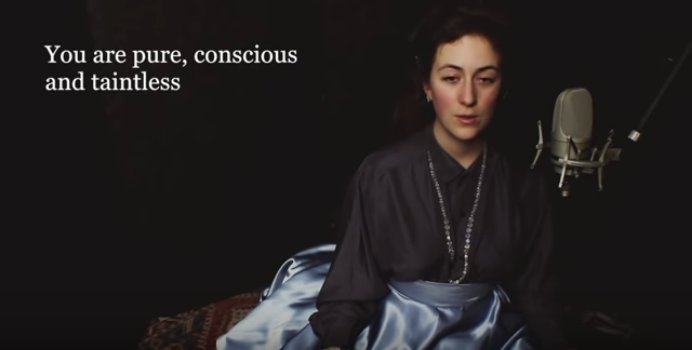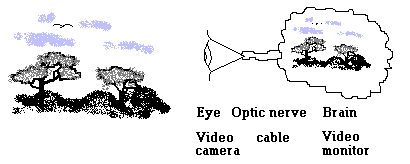The Markandeya Purana
This is an ancient Sanskrit scripture. I watched part of it being sung on youtube:
https://www.youtube.com/watch?v=uDd3iupKUyI&feature=youtu.be

...you must watch it!
It is a mother singing to her child. The singing is beautiful, and
the English translation is so nice, to know what she is singing about.
The ancient Sanskrit scriptures were all written to be sung. In fact,
some of them pre-date being written, they were passed on orally.
I became curious about the origin of the Markandeya Purana, and found this Wikipedia page:
https://en.wikipedia.org/wiki/Markandeya_Purana
Scholars think that it dates back to around 250 CE (AD). In written
form anyway. The earliest surviving text is on palm-leaf, dated at the
11th Century CE:

We know about the pantheon of Gods in Hindu mythology, something that many outsiders find confusing. It is not so well known that there is a core teaching that addresses a singular Supreme Diety. The Markandeya Purana is one of these. Quoting from the Wikipedia:
A theory of reality
by Barry Kauler
Be warned, this document is a deep read! A radical viewpoint is
presented, extremely succinctly, and the argument is explained very
logically -- however, reading superficially or with bias can cause the
points to be missed entirely. One of the key points, that we are the
reverse of what we seem, not a tiny person inside a vast universe, is a
profound viewpoint that is the opposite of how we perceive ourselves and hence difficult to grasp.
Anyway, see what you can make of it...

The physical eye sees a scene, it is transferred as electrical/chemical impulses along the optic nerve to the brain, and the brain constructs a likeness, or internal image, of that scene. Right?
This is our understanding of how we perceive external events. We can conclude, to an extent, that our view of the world is pretty much up to us -- it is, after all, a reconstruction inside the brain. The same goes for all of the five senses.
The analogy used is that we are like a video camera and monitor, the camera being the eyes and the monitor being the visual-centre in the brain.
